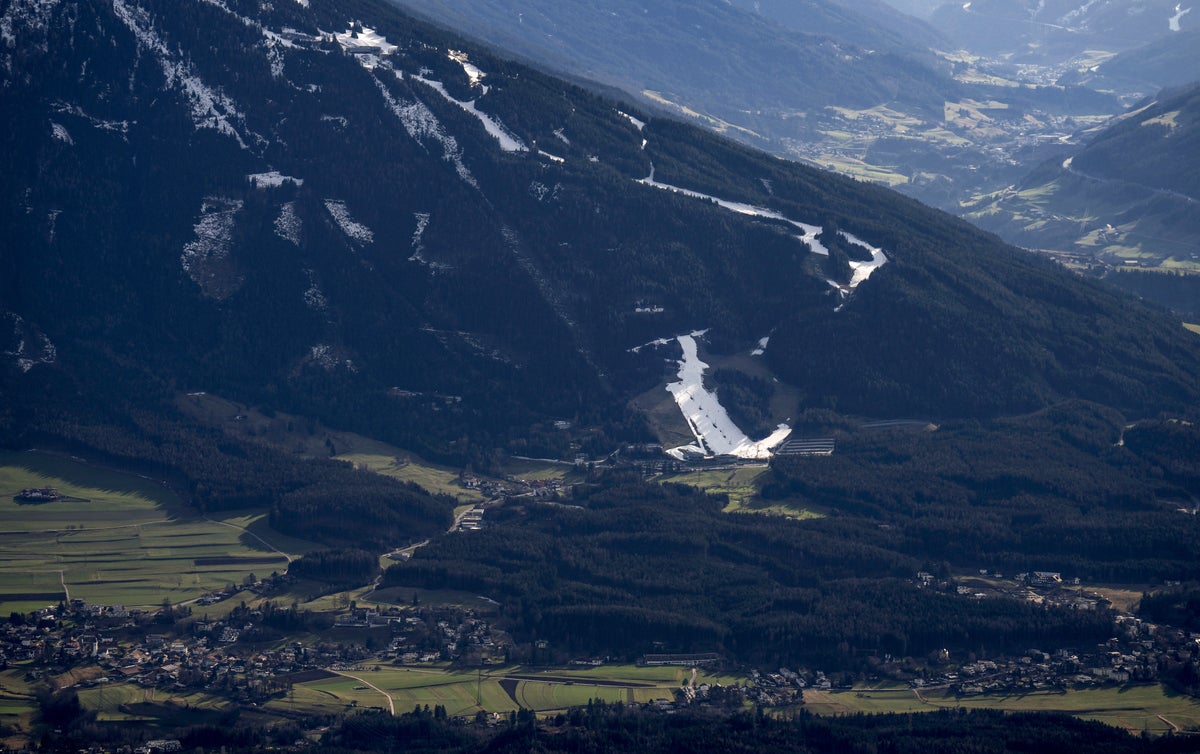
Europe is seeing an unprecedentedly warm January with new record temperatures being set across the continent.
At least seven countries saw their warmest January days on record on New Year’s Day. Belarus, Denmark, Czech Republic, Latvia, Lithuania, the Netherlands, and Poland all saw temperatures that they’d only usually register in spring.
In Vysokaje, Berlarus temperatures hit a record 16.4C. This beat the country’s previous record January high by 4.5C.
In Poland the village of Korbielów recorded temperatures hitting a peak of 19C. The usual average temperature in January is 1C. In Javorník, Czech Republic temperatures were 16.6C higher than normal, at 19.6C rather than the usual 3C average at this time of year.
Meanwhile, Denmark saw temperatures of 12.6C, Latvia 11.1C, Lithuania 14.6C, and the Netherlands 16.9C.
Speaking to The Independent Maximiliano Herrera, a climatologist who tracks extreme temperatures and runs the Twitter account @extremetemps, said: “Regarding the magnitude and area and how records were broken, it can be regarded as the most extreme heat wave (in anomalies term) ever seen in Europe. This without taking into the equation the length.”
This means that while this far from the hottest Europe has ever been, the margin of difference between the average temperature at this time of year and what is currently being recorded is biggesr than anything ever seen before.
Mr Herrera added: “It was like the 2019 heat wave in France+Benelux or the 2021 heat wave in UK but for about 15 countries. It’s the first time a heat wave in Europe matches the most extreme in North America with this intensity plus area.”
While climate change is playing a big role in this unusual weather the immediate cause is a heat dome that has settled in over Europe.
The polar vortex, which was responsible for Britain’s cold December, has started to shrink. This means that milder air from the south and southwest i.e. North Africa has moved up northeast into Europe causing the record-breaking temperatures.
“We have seen night time temperatures of 17/19C pretty much uniform from France/Benelux to Poland passing through Germany. These temperatures would be above a normal mid summer night,” Mr Herrera said.
In Britain temperatures have been less extreme. Temperatures in the North and Scotland are roughly normal for this time of year according to Dan Stroud, an operational meteorologist at the Met Office. By contrast, temperatures in southern England have been warmer than average. A high of 12.3C was recorded at Heathrow on 1 January.
However, the UK should not expect European levels of warmth in the coming month said Mr Stroud. “We’re expecting the temperatures to continue on the warm side of average.” But the main trend should be the continuation of the “unsettled and wet weather” Britain has been experiencing.







